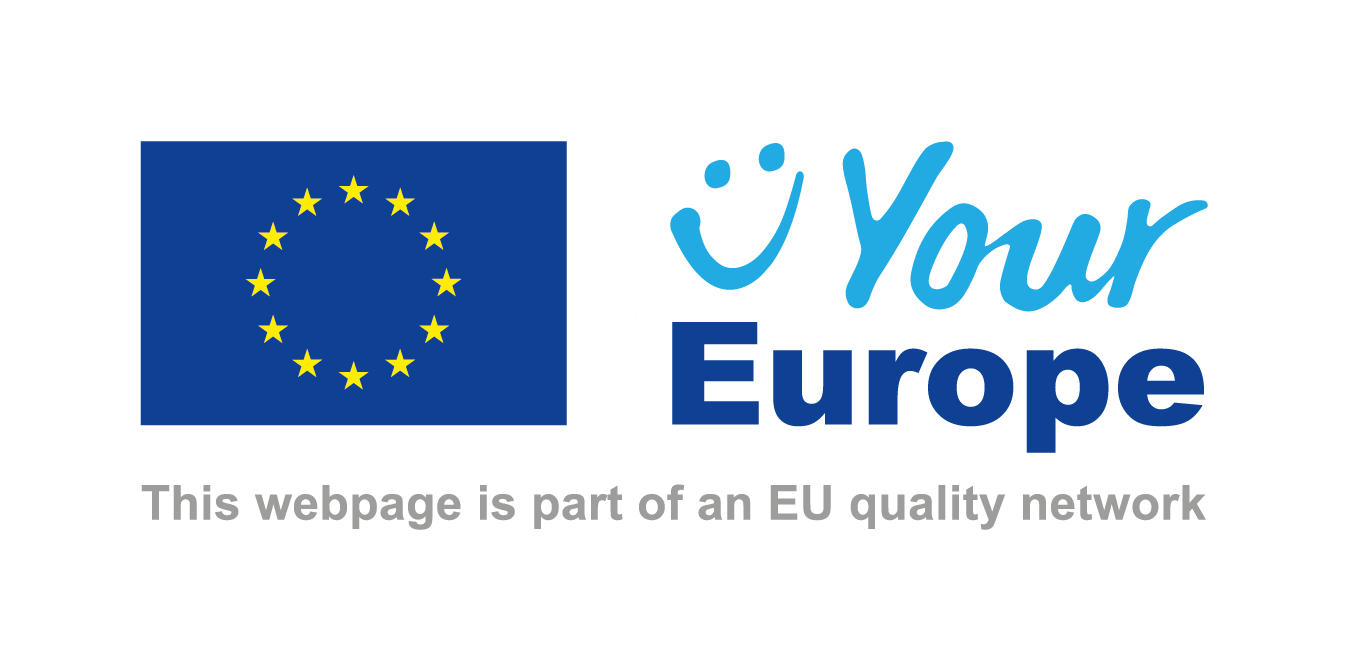What is the EHIC?
The European Health Insurance Card (EHIC) allows people registered with the Italian National Health System (SSN) to receive medically necessary treatment during a temporary stay in another EU Member State or in the United Kingdom, Liechstein, Norway, Iceland or Switzerland. However, access to treatment is regulated by the legislation of the host country, including any costs to be born by the patient, and Italian exemptions are not recognised. Therefore, if patients must pay a share of the cost of healthcare in he host country, you may be asked to pay for the service.
Medicallynecessary treatment means (following an assessment by the health care authorities of the host country):
- urgent treatment;
- treatment that cannot be postponed until the patient returns to their country of residence, taking into account the planned duration of their stay;
- services relating to chronic conditions or vital treatment, even if this clinical necessity is already known before departure. In this case, prior to departure, the patient must contact the specific healthcare facility in advance to find out about availability of places, the procedure to be followed to access the services, whether there are waiting lists, what costs the patient may have to pay in advance or on the spot, and the co-payment fees (known in Italy as ‘ticket’).
For information on the validity, use and issue of the EHIC, please consult the Ministry of Health’s EHIC page.
In addition, the EHIC may be used by non-EU citizens registered with the National Health System who meet the requirements and conditions laid down in EU and EEA Member States, with the exception of Denmark and Switzerland.
How and where to use the EHIC
You can obtain healthcare services directly from a doctor or a public or contracted provider by presenting the EHIC, which entitles you to receive treatment under the same conditions as for people insured in the country you are in. Assistance is not always direct, and therefore you may be asked to pay a co-payment fee (for example, in France, patients are charged 20% on all treatments, including hospitalisation), which is paid directly by the patient and is not reimbursable. In order to avoid being charged 100% of the costs, remember to check – if possible at the time of accessing the services, or otherwise when you are discharged – that the EHIC is actually accepted (i.e. that the healthcare provider has made a photocopy of it or written down the details).
Please note that in a number of countries, such as Switzerland and France (which have reimbursement-based systems), you will usually have to pay for treatment up front. You can then claim a reimbursement (except for the co-payment fee, as mentioned above) directly from the competent body while still in the country (LAMal/KVG in Switzerland and the competent CPAM in France). Alternatively, you can ask for reimbursement from your local health authority (ASL) when you return to Italy, by presenting your receipts and health documentation. In general, reimbursement is not paid in full but is at most equal to the public reimbursement rate applicable in the host country, as requested by the local health authority from its counterpart in the country of treatment.
The EHIC is not currently delivered abroad, regardless of whether you are an Italian citizen or a foreign national duly registered with the National Health System.
You cannot use the EHIC for highly specialist treatment abroad (planned treatment – certificate of entitlement S2). This is because authorisation is required in such cases; it must be requested in advance from the local health authority, which may refuse it if the requirements laid down in EU legislation are not met. On the basis of a clinical and legal assessment, a check is made as to whether it is possible to obtain the requested service within an adequate time frame in Italy at the same level of quality and safety. Planned treatment is also not available to non-EU citizens in Denmark and Switzerland.
Replacement certificate
A temporary certificate replacing the EHIC is issued by the local health authority to anyone entitled to the EHIC. However, as with the EHIC, it is not accepted for non-EU citizens in Denmark and Switzerland.
You can only request a certificate replacing the EHIC from your local health authority (USL Umbria 1 - USL Umbria 2) in the following exceptional cases in the following exceptional cases:
- if your EHIC is lost or stolen after you received it. In this case, you must submit a copy of the police report;
- if you have not yet received your EHIC and are going to be travelling before it arrives.
In this case, the Revenue Agency has provided for local health authorities to be able to request the EHIC online on the patient’s request. The EHIC will be delivered about 30 days after being requested. Local health authorities can always issue a provisional replacement certificate filled in by hand.
Relevant legislation:
- Article 19 del Reg. CE 883/2004
- Article 67 del Reg. CE 987/2009
- Decision S 1/2009 of the Administrative Commission for the Coordination of Social Security Systems
- Decision S 2/2009 of the Administrative Commission for the Coordination of Social Security Systems
- Decision S 3/2009 of the Administrative Commission for the Coordination of Social Security Systems
- Decree of the Ministry of Economy and Finance of 25 February 2010 - revising the Decree of 11 March 2004, as amended, implementing Article 50(1) of Law No 326/2003
- Decree of 11 March 2004 - applying the provisions of Article 50(1) of Decree-Law No 269 of 30 September 2003, as amended by Law No 326 of 24 November 2003 establishing the technical characteristics of the National Health System Card
In questa Sezione:
This page is part of the European Commission’s Your Europe portal.
Did you find what you were looking for?
Help us improve
